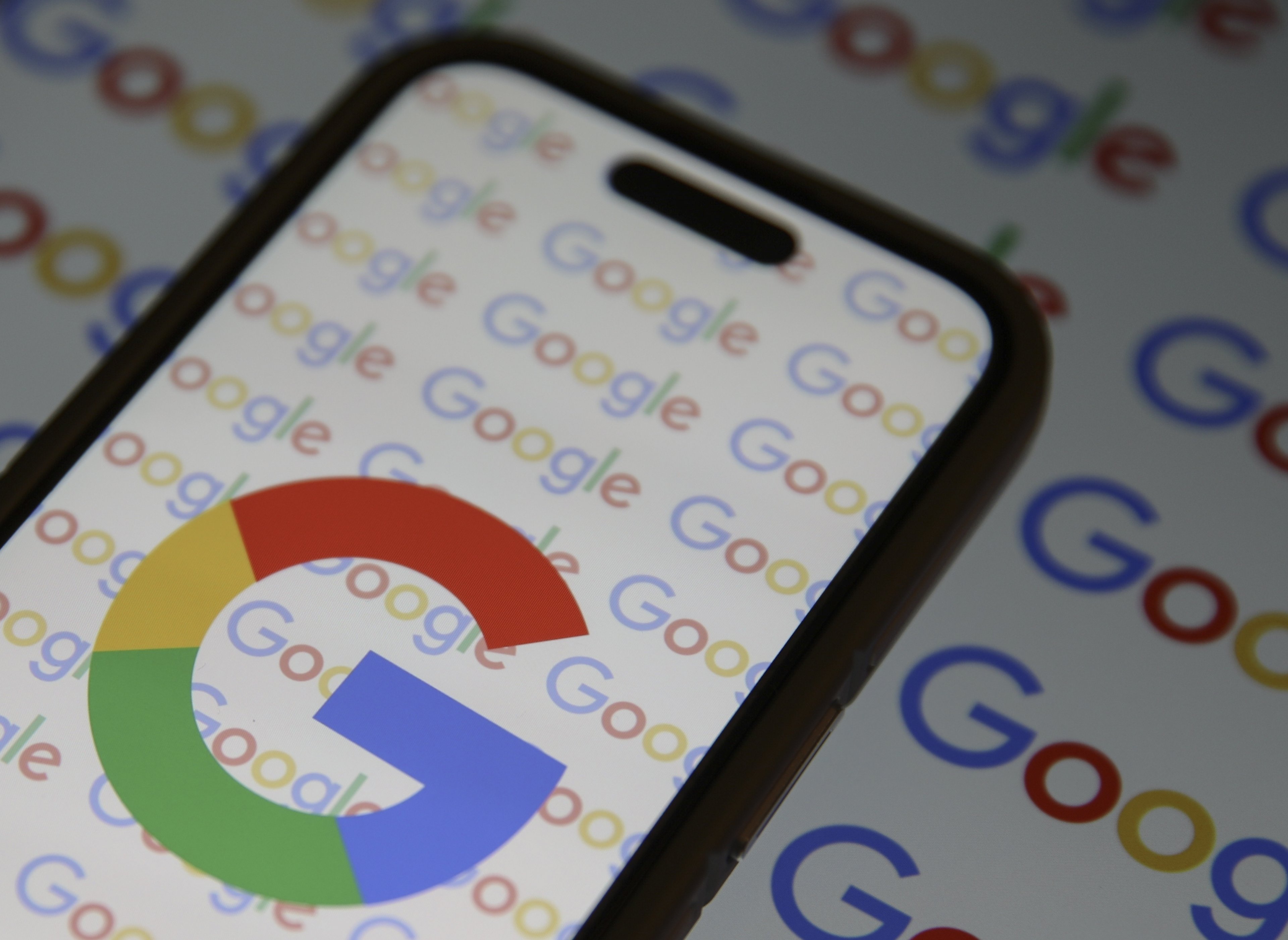Amazon's (AMZN +0.44%) Fire TV is among the most popular streaming platforms in the country, second only to Roku's (ROKU +2.04%) eponymous platform. But for more than a year, Fire TV users didn't have access to a major streaming app: Alphabet's (GOOG +0.96%) (GOOGL +1.02%) YouTube.
That's no longer an issue. YouTube is now available on Fire TV devices and Amazon's Prime Video has at long last arrived on Alphabet's Android TV and Chromecast. That's nice for users, but it only hints at the bigger story. For more than a year, Amazon and Alphabet's Google punished each other's platforms instead of serving customers on those opposing platforms. The fact that this spat happened at all is indicative of just how important these streaming platforms are.

Image source: Getty Images.
Platforms matter
In the sense I'm using it here, a streaming platform is a user interface or operating system that gives customers access to multiple streaming apps. Roku's was the first. But then came Hulu, and later Amazon Prime, and Roku's platform (which arrived on devices bearing the same brand name) started to look like a very sensible sort of streaming media organizer. That's why Amazon (Fire TV), Google (Android TV), and Apple (AAPL +0.19%) (tvOS) are all in the same market now. And platforms are only looking more important as the streaming space becomes more fragmented on the subscription service side.
There are a few ways to make money off of streaming platforms. Hardware sales are one, but that's fast becoming an obsolete method; there are too many companies like Amazon ready to sell their hardware at cost or even at a loss. Advertising is another option, and has been a big one for Roku. Then there's the fact that a platform can steer users to certain services. That's the most important financial angle in the context of Amazon and Google's fight.
Amazon's Fire TV platform does a lot to direct users to Amazon services. Start up a Fire TV, and you'll see rows of titles from Amazon: movies and shows from your library, content included in Amazon Prime subscriptions, and movies available to rent or buy via Amazon's marketplace. You can access apps like Netflix, too, but the space occupied by the Netflix icon on the "Apps" tab is no larger than a single movie's icon on any other tab. Almost all of Fire TV's visual real estate is dedicated to Amazon's offerings.
Google's Android TV prioritizes Google offerings. So the fight for platform market share isn't just about users on the platform itself -- it's about getting those users to other apps. If YouTube isn't available on Fire TV, perhaps Fire TV users will rent a movie on Amazon instead (YouTube offers paid movie rentals). And if Amazon Video doesn't work on Chromecast -- and it didn't until the end of this big showdown -- maybe users will rent or buy movies on Google Play instead. Or maybe the absence of an app on a platform will make that platform less appealing, sending more customers to the competition. It's a balance the players are trying to work out.
The future of the platform wars
This battle may be over, but the future holds plenty more as platforms are only becoming more important. Within Apple's tvOS, users can access a TV app that includes content from multiple streaming services in one integrated menu. Apple, of course, gets a cut of premium subscriptions. Amazon Channels works similarly. These are "platforms" in a slightly different sense than I've been talking about so far -- for example, Apple's TV app runs on its tvOS, but also on iOS -- but getting eyes on these offerings means leveraging the users who rely on the tvOS platforms and Apple TV devices. The same is true for Amazon Channels and Fire TV.
There is plenty of competition between streaming apps right now, but make no mistake: The gatekeepers are every bit as important, if not more so.








